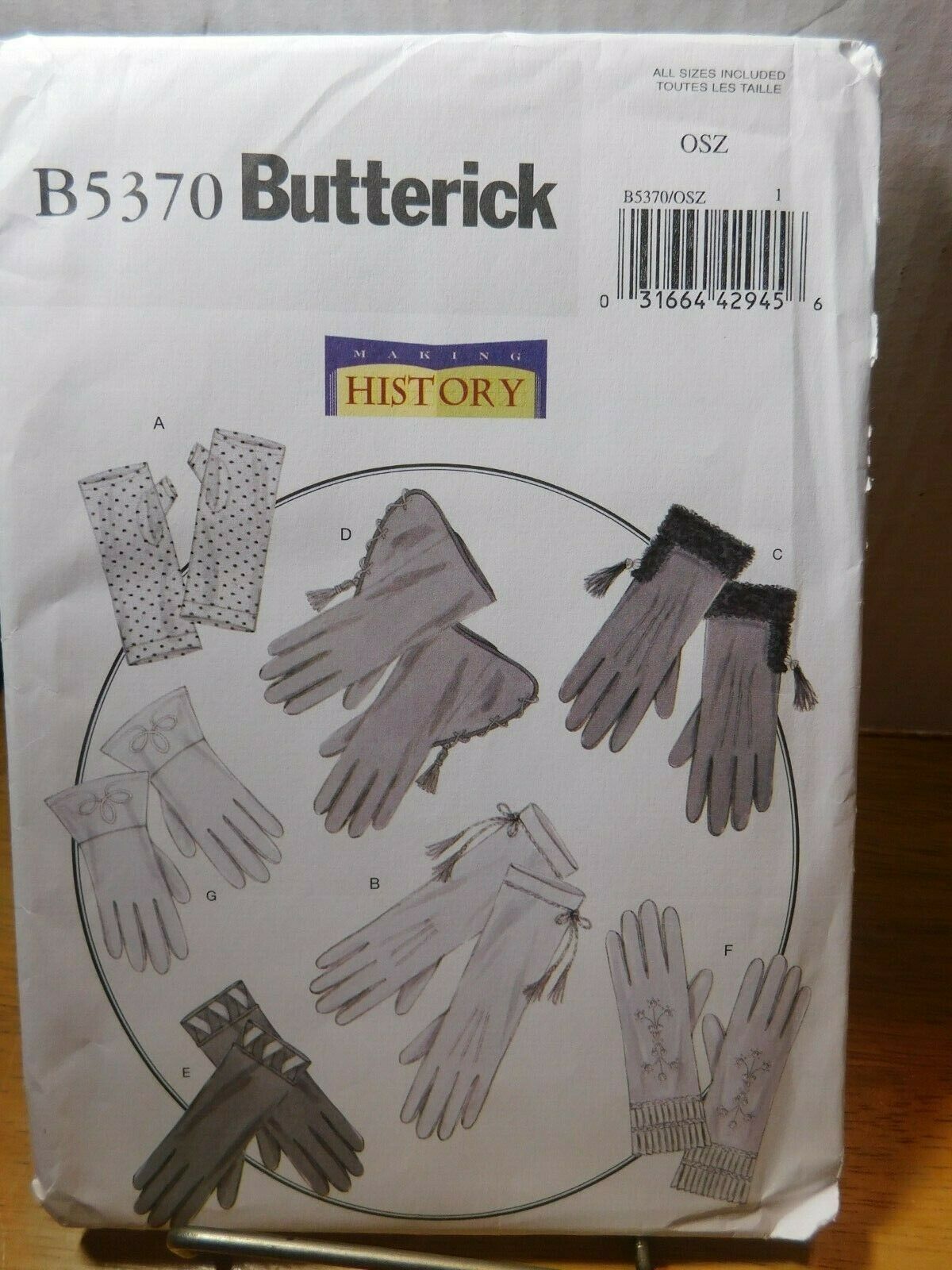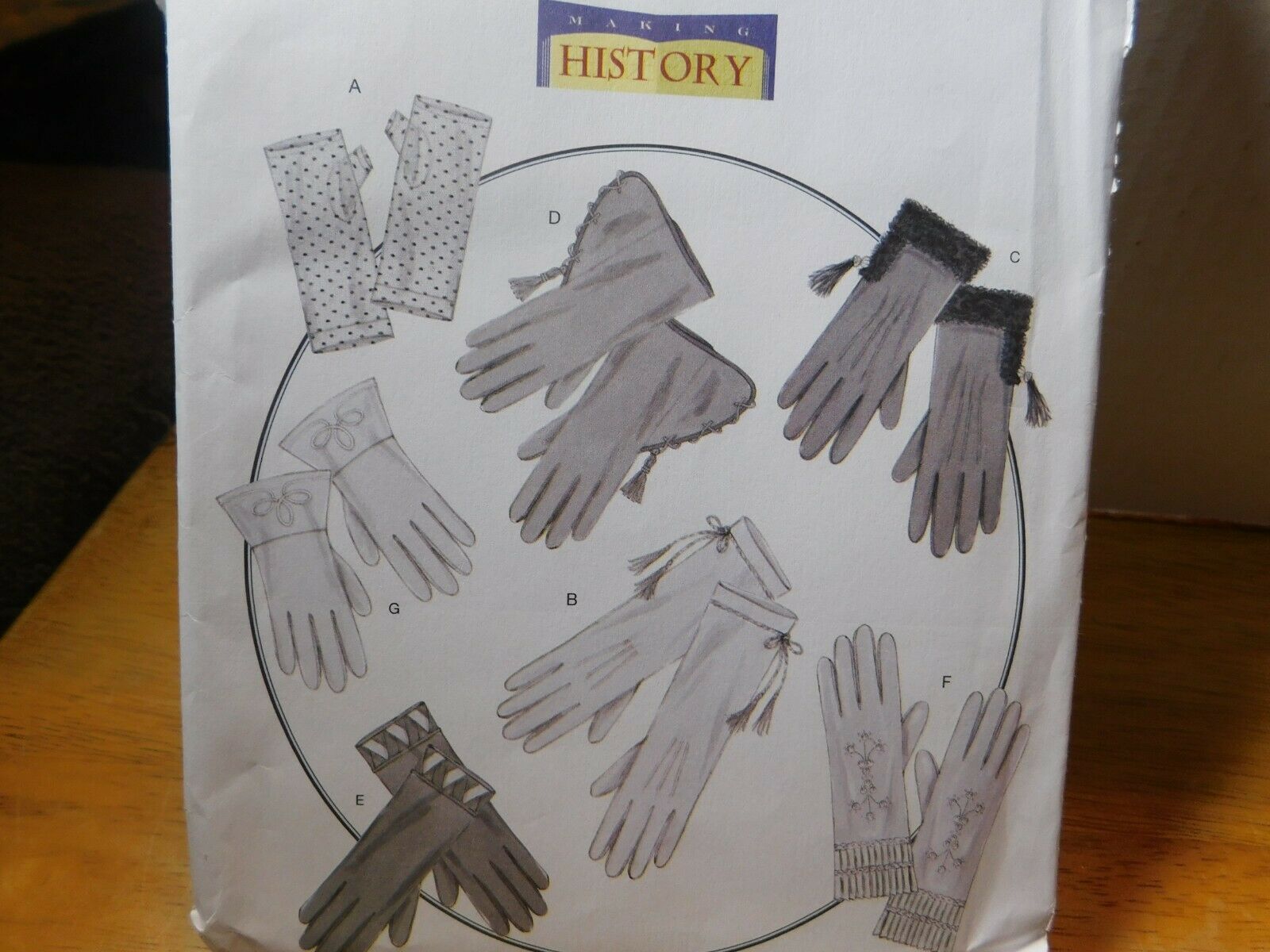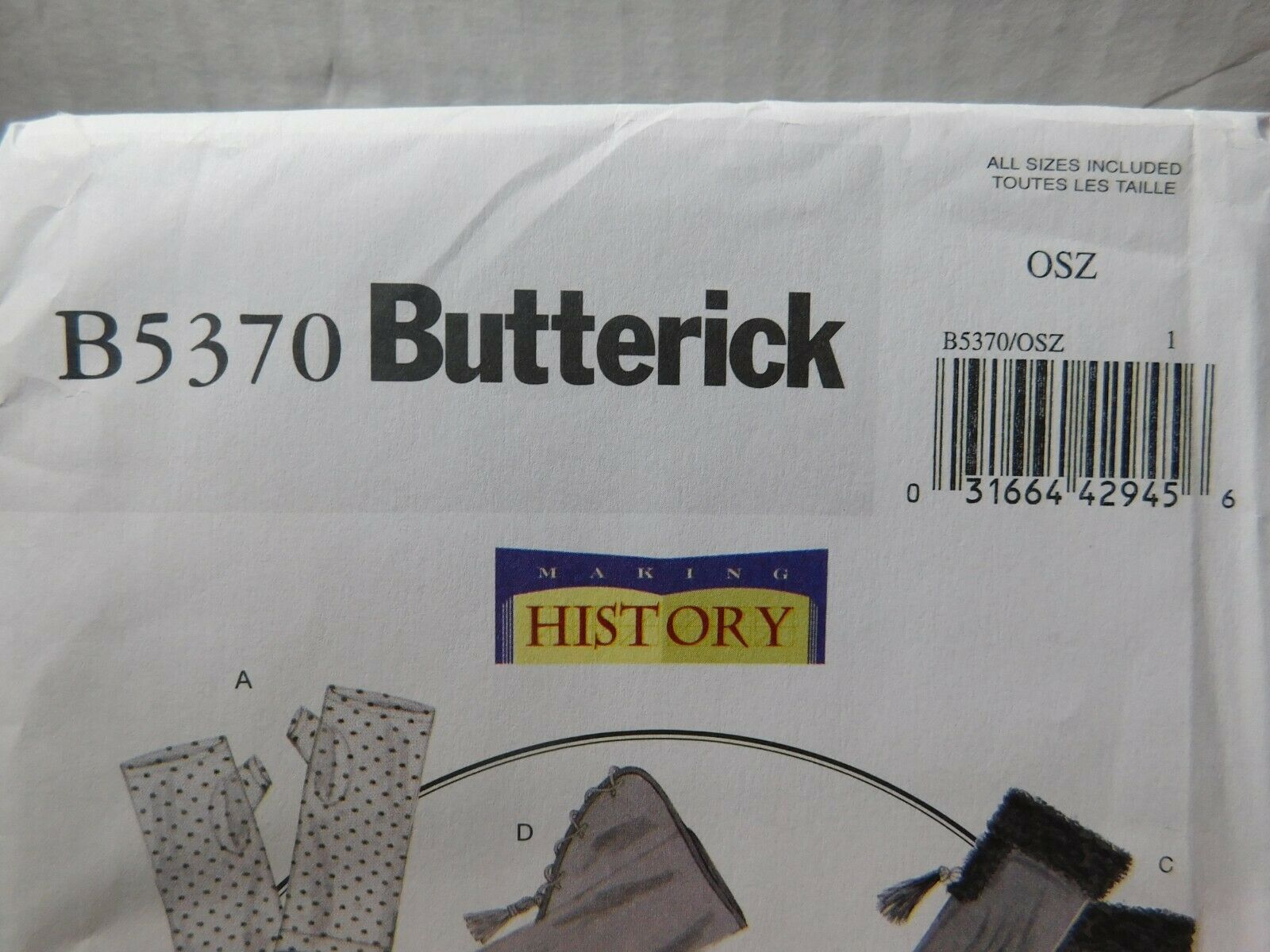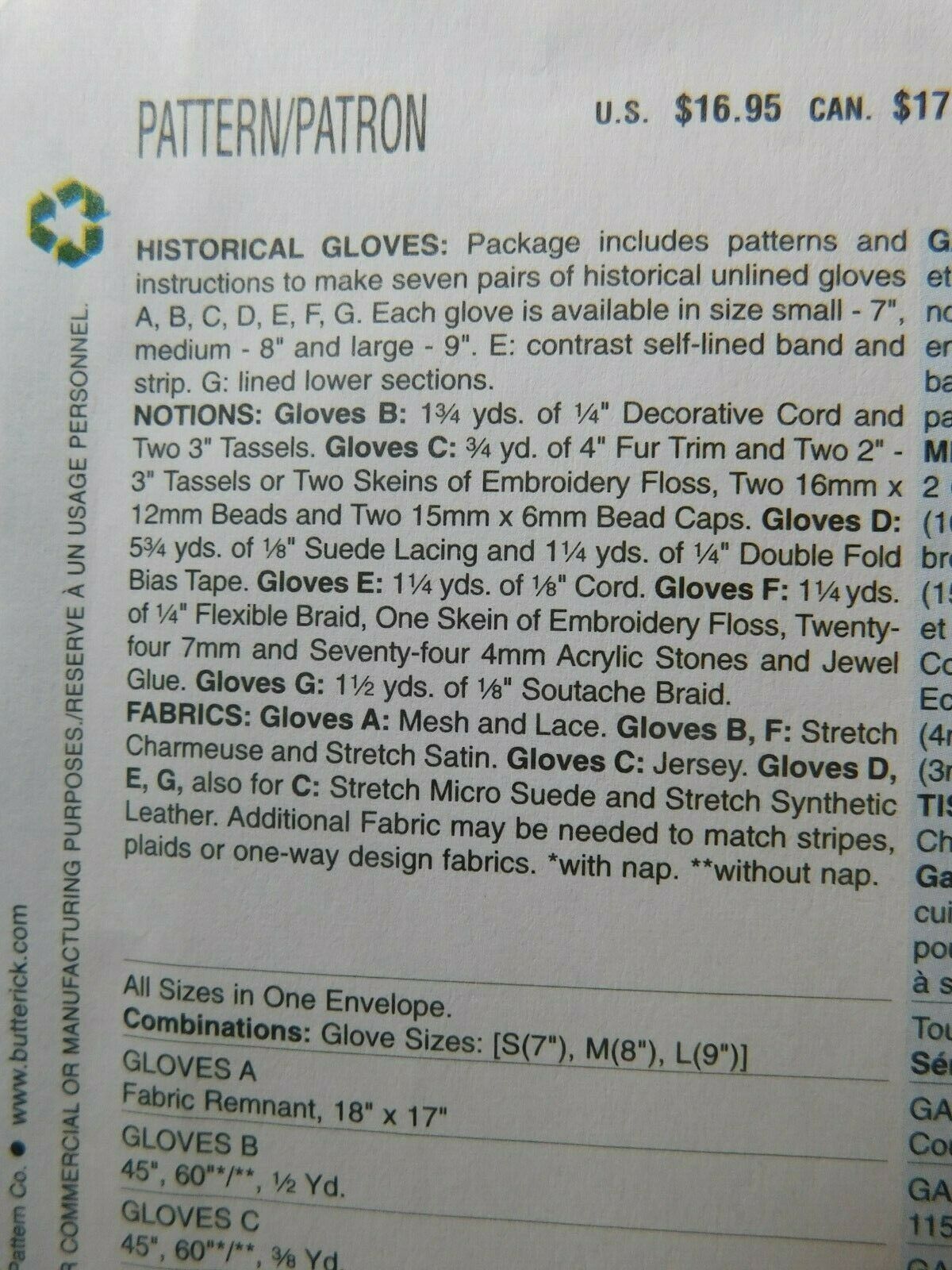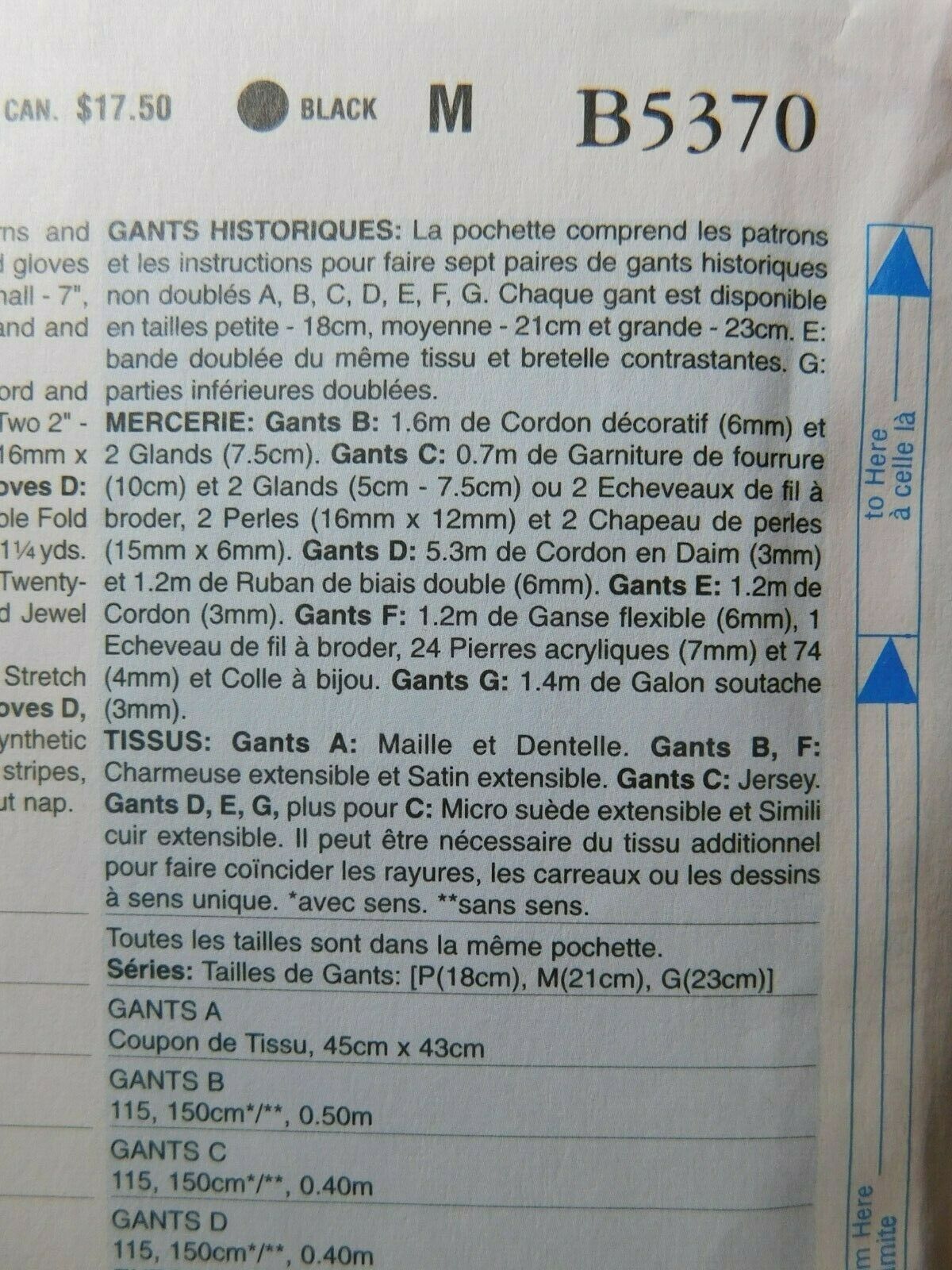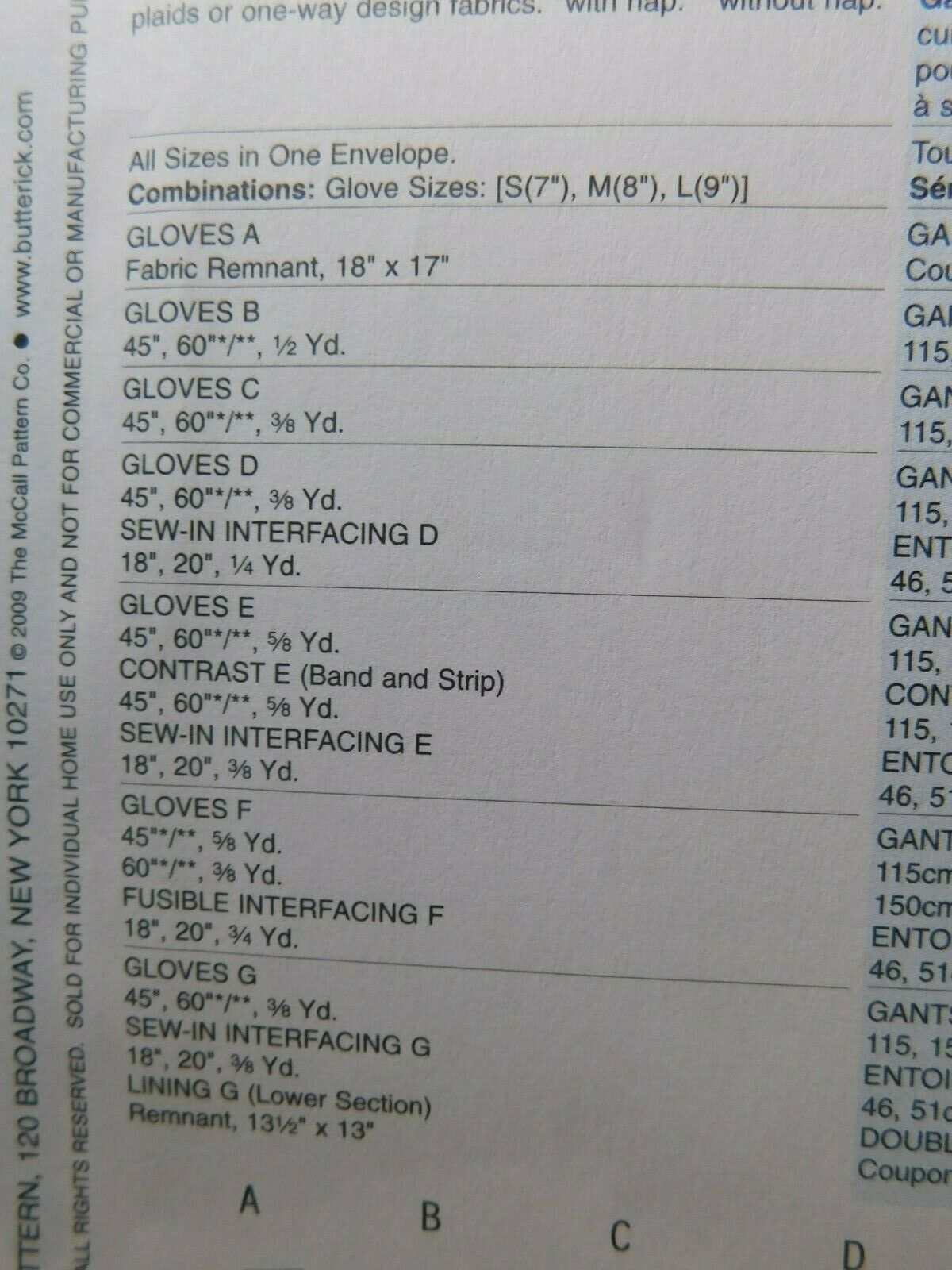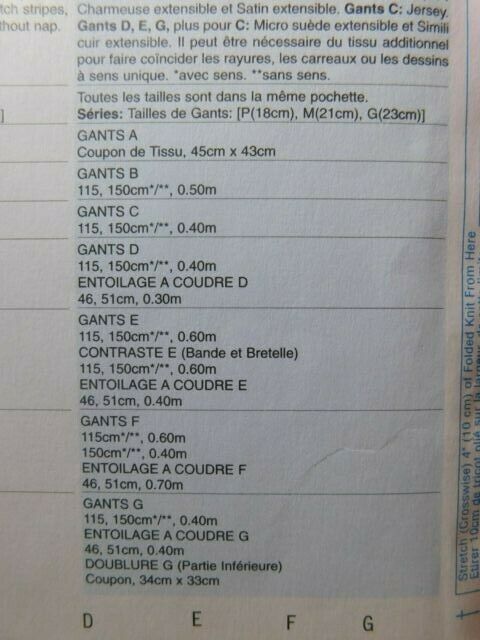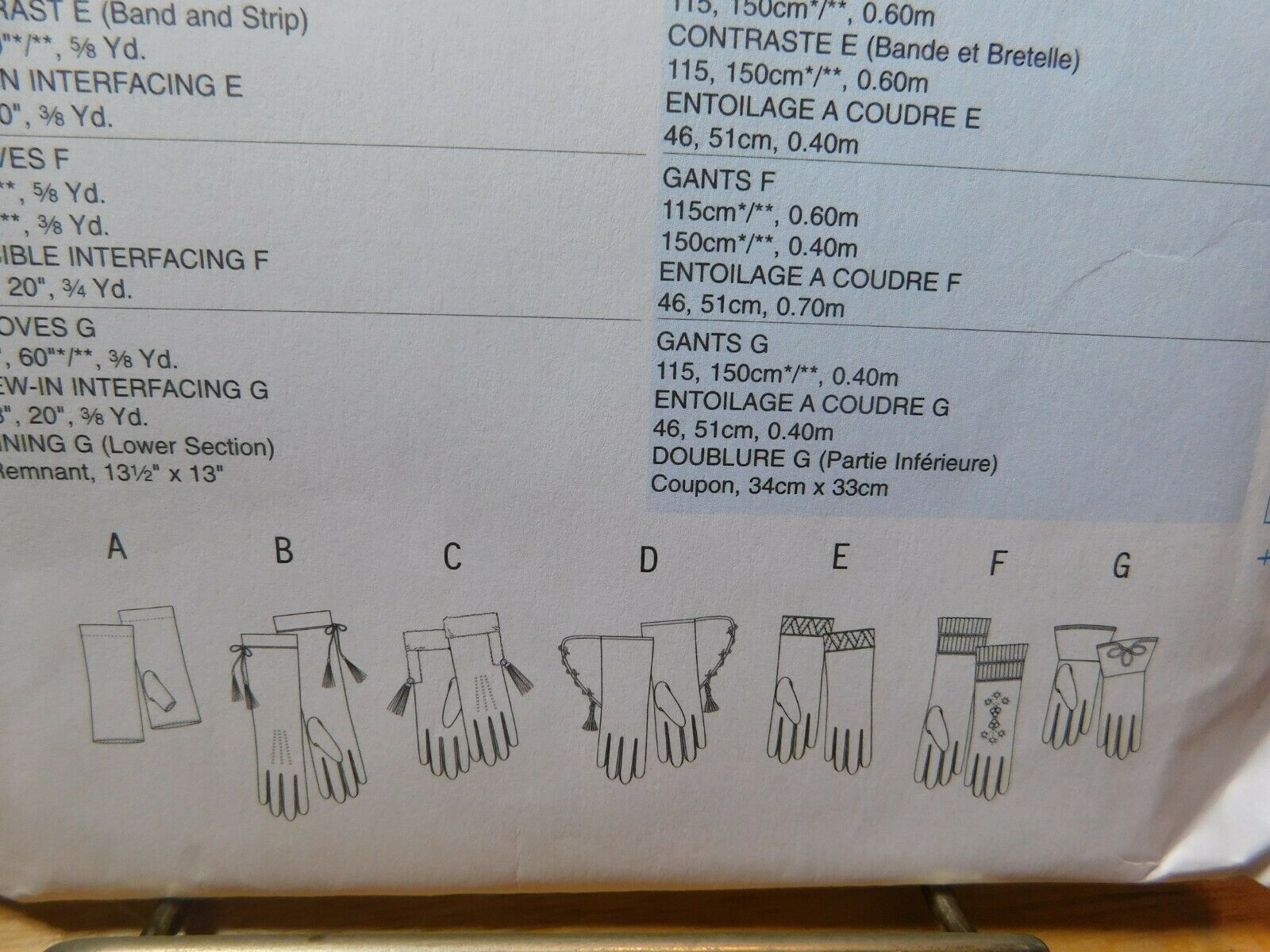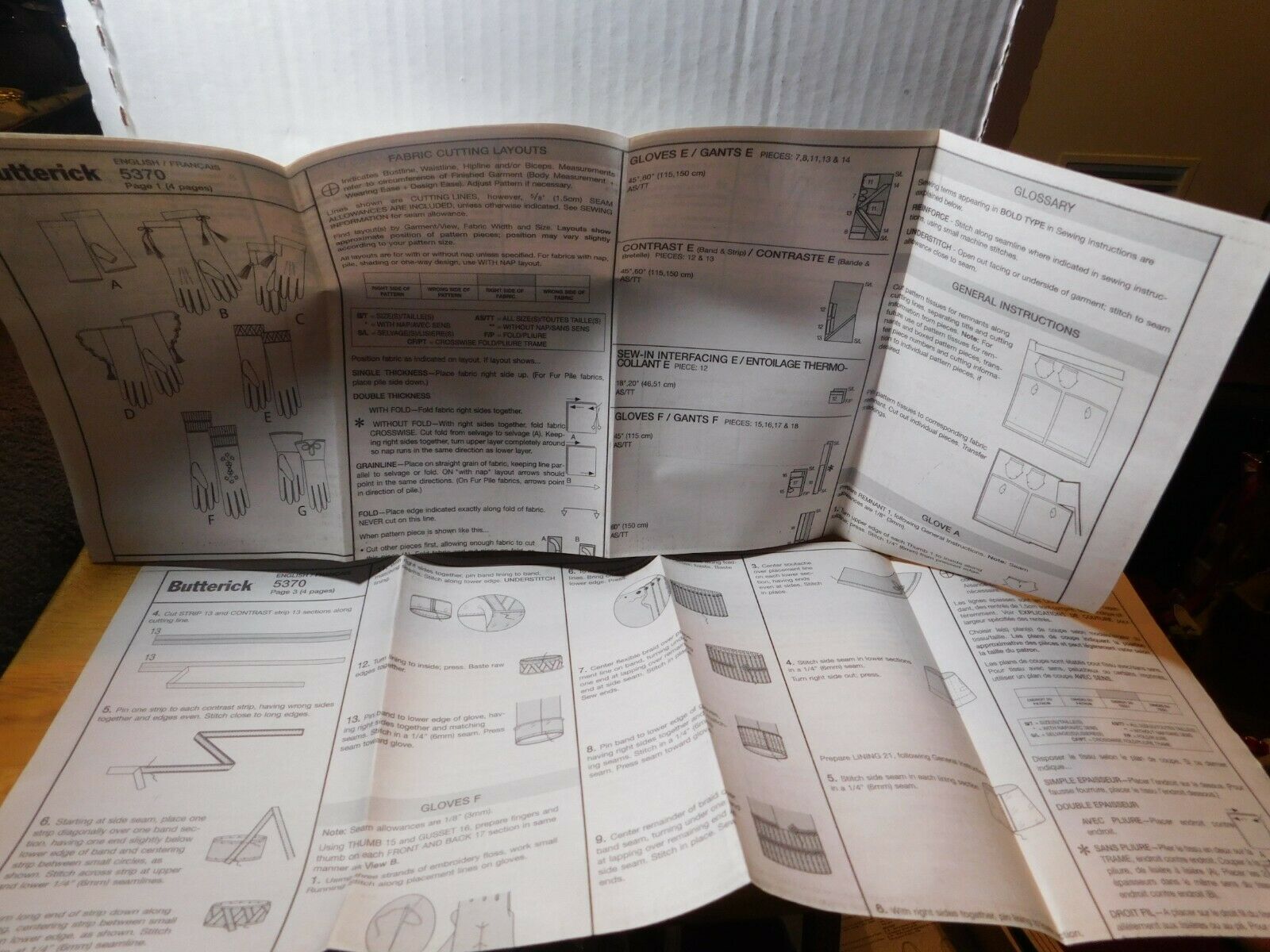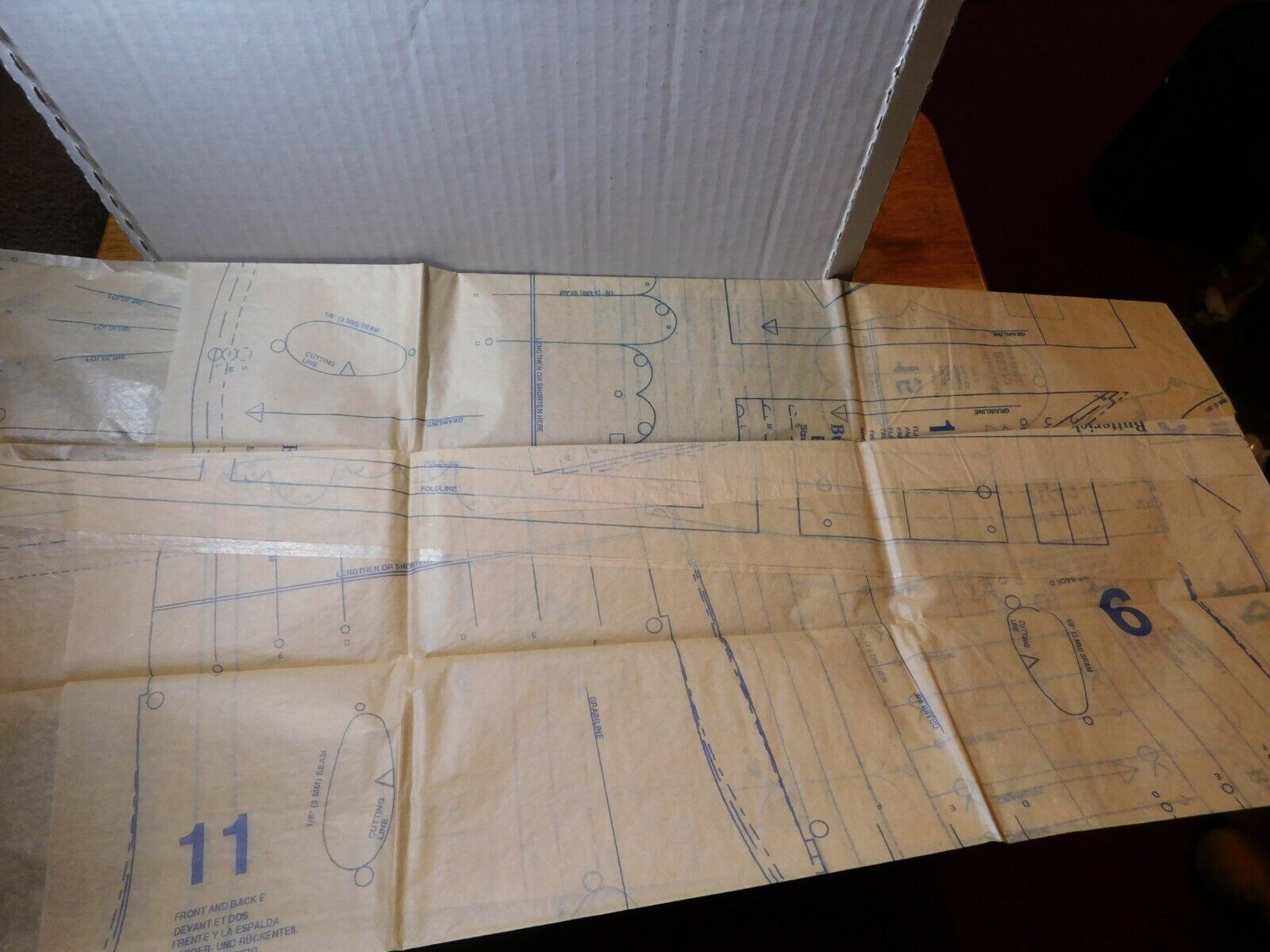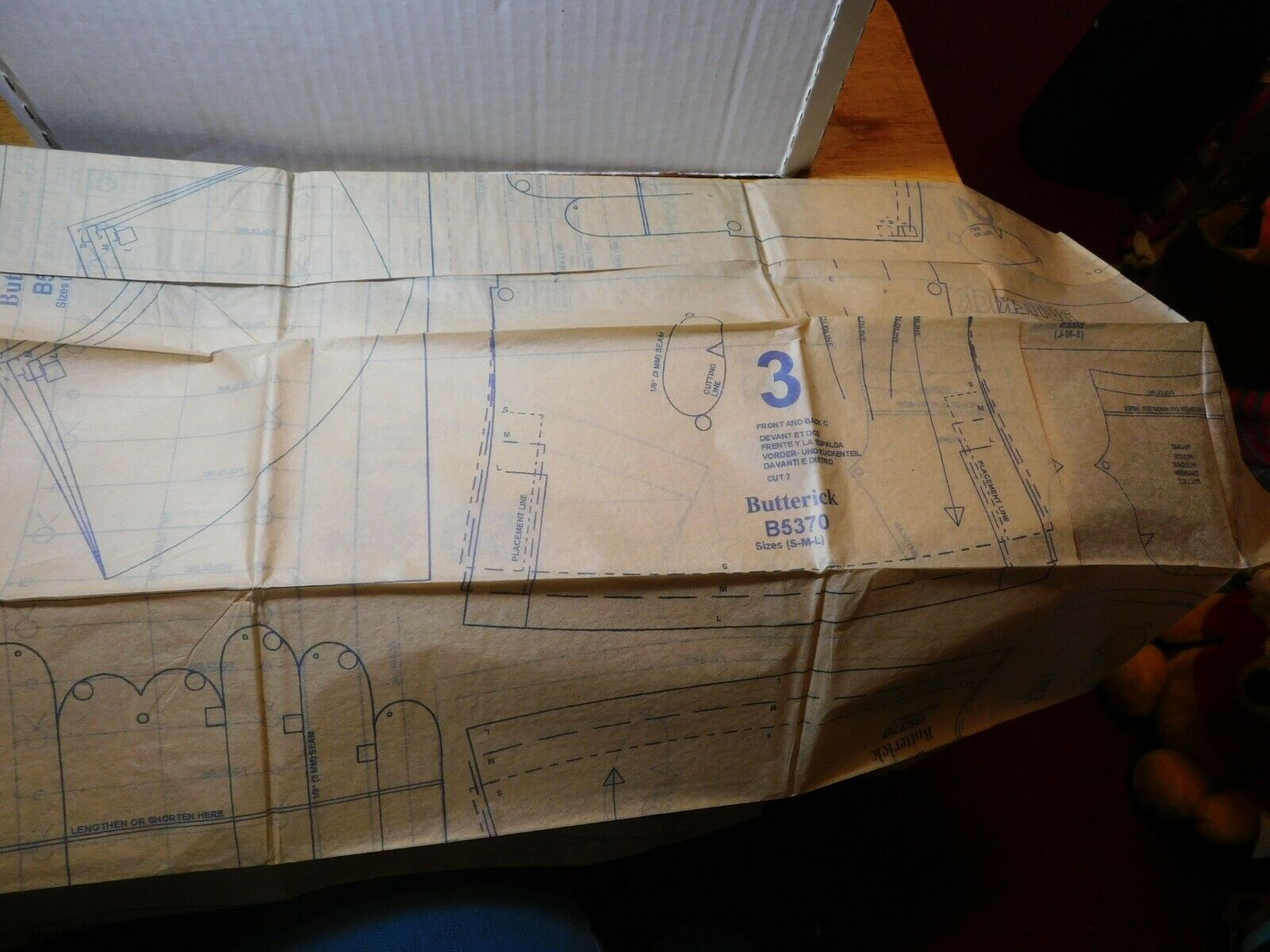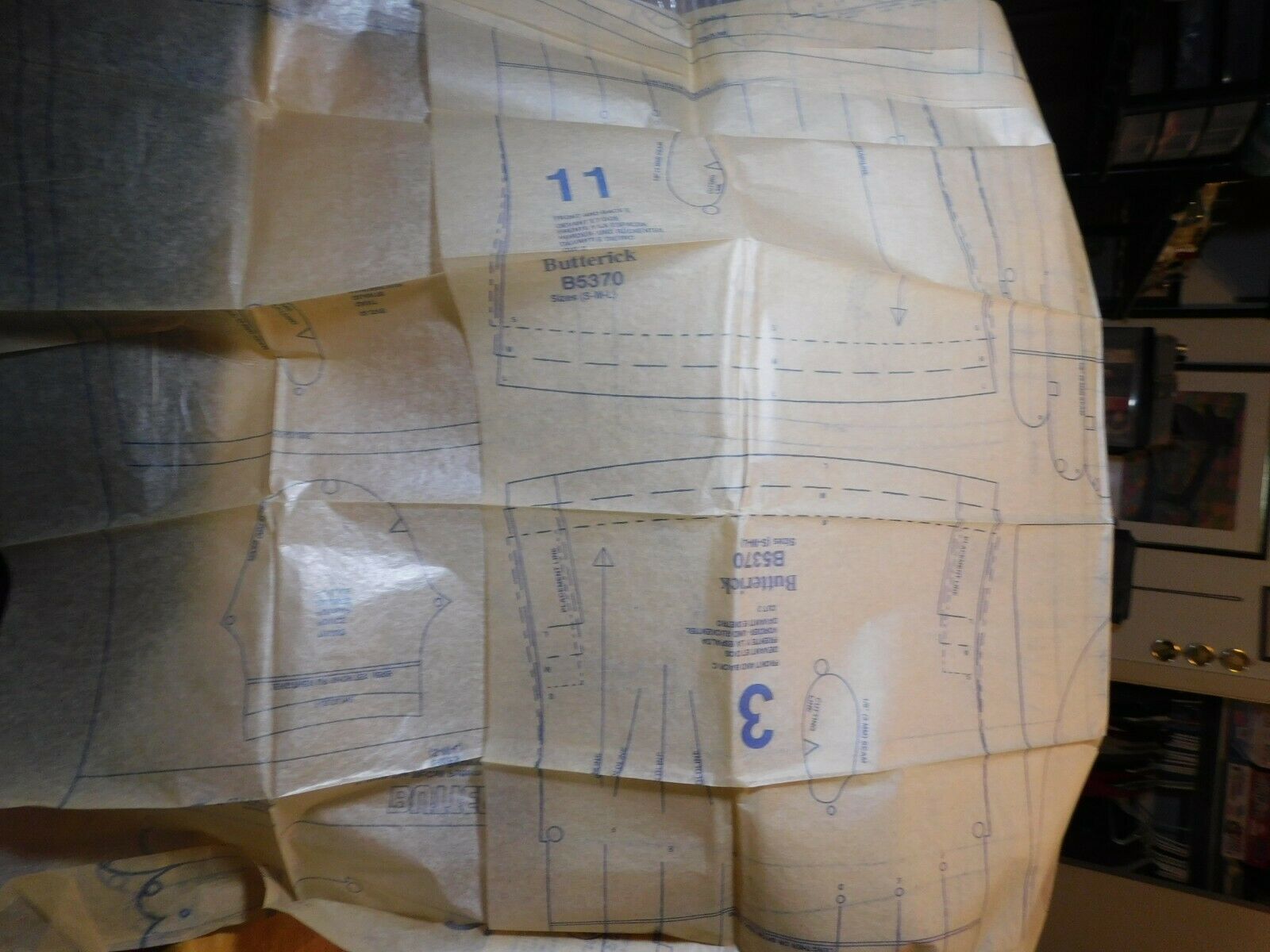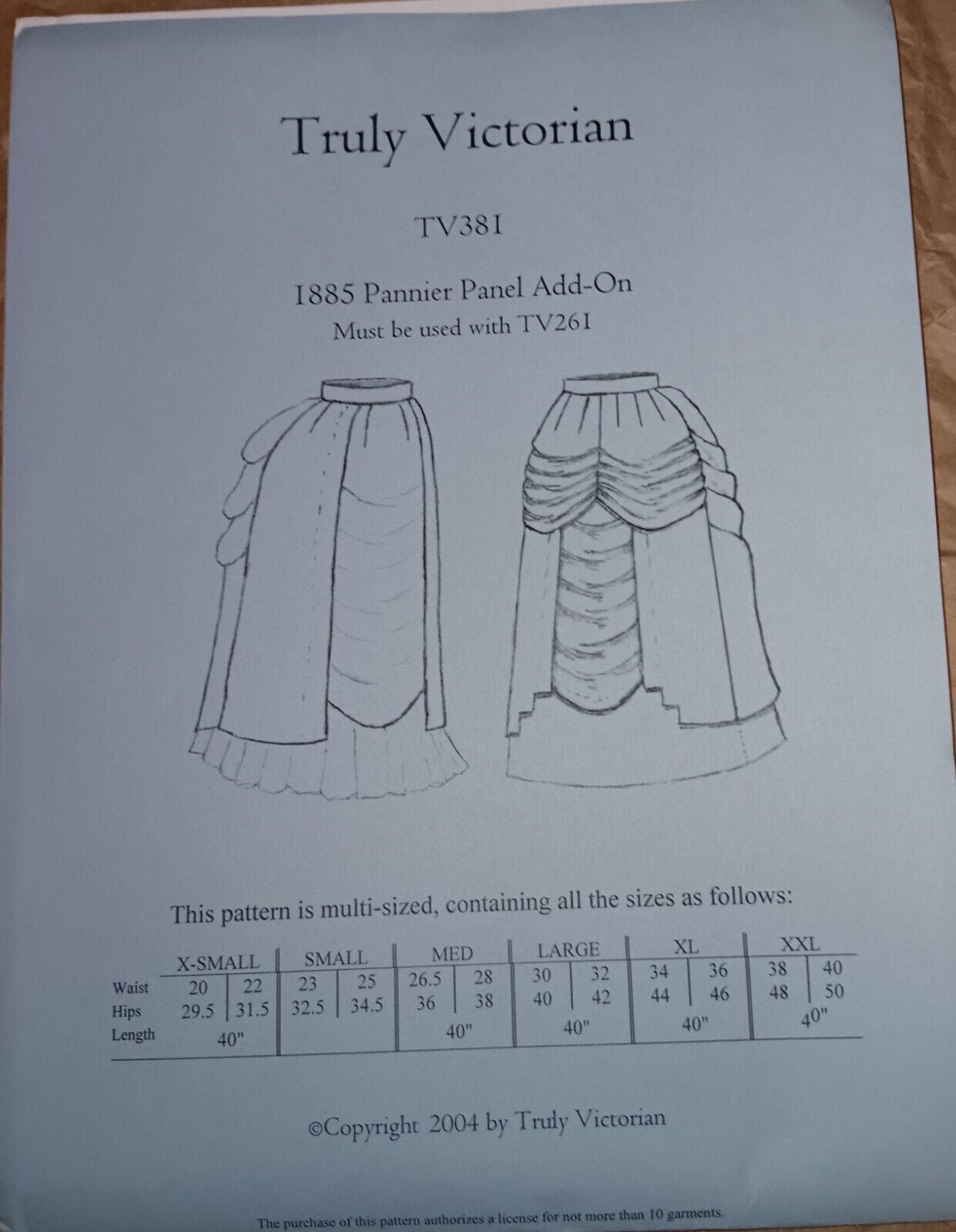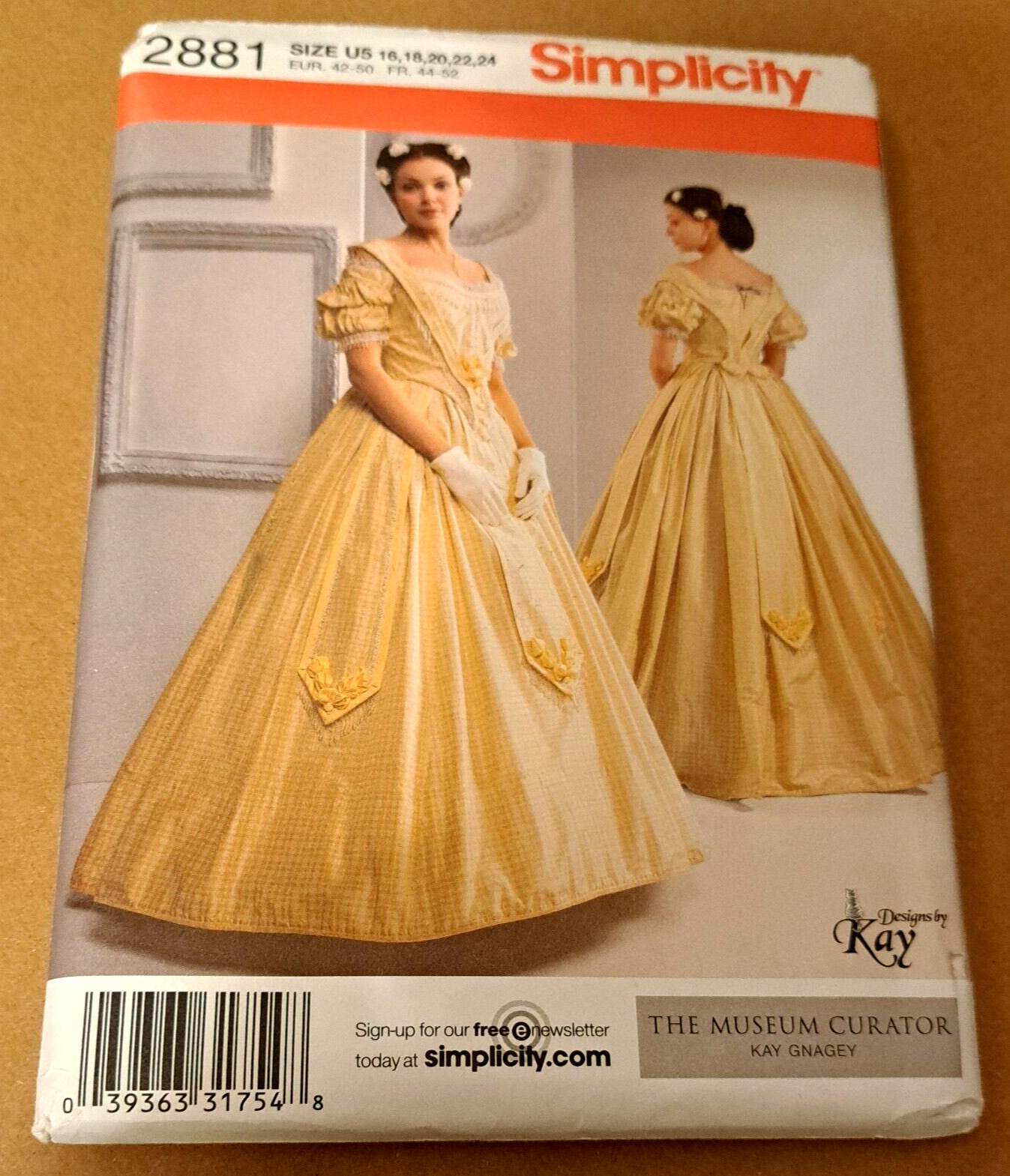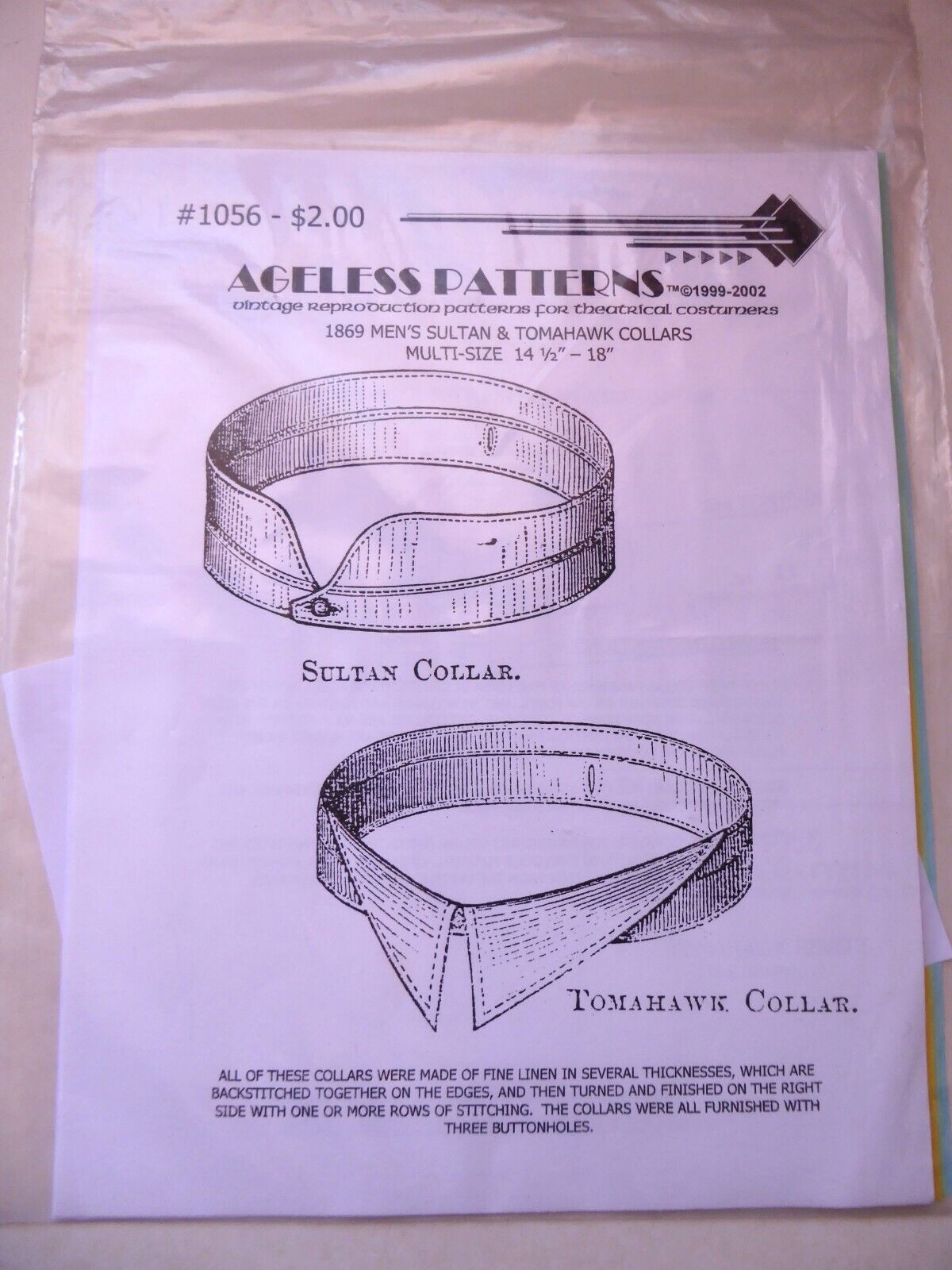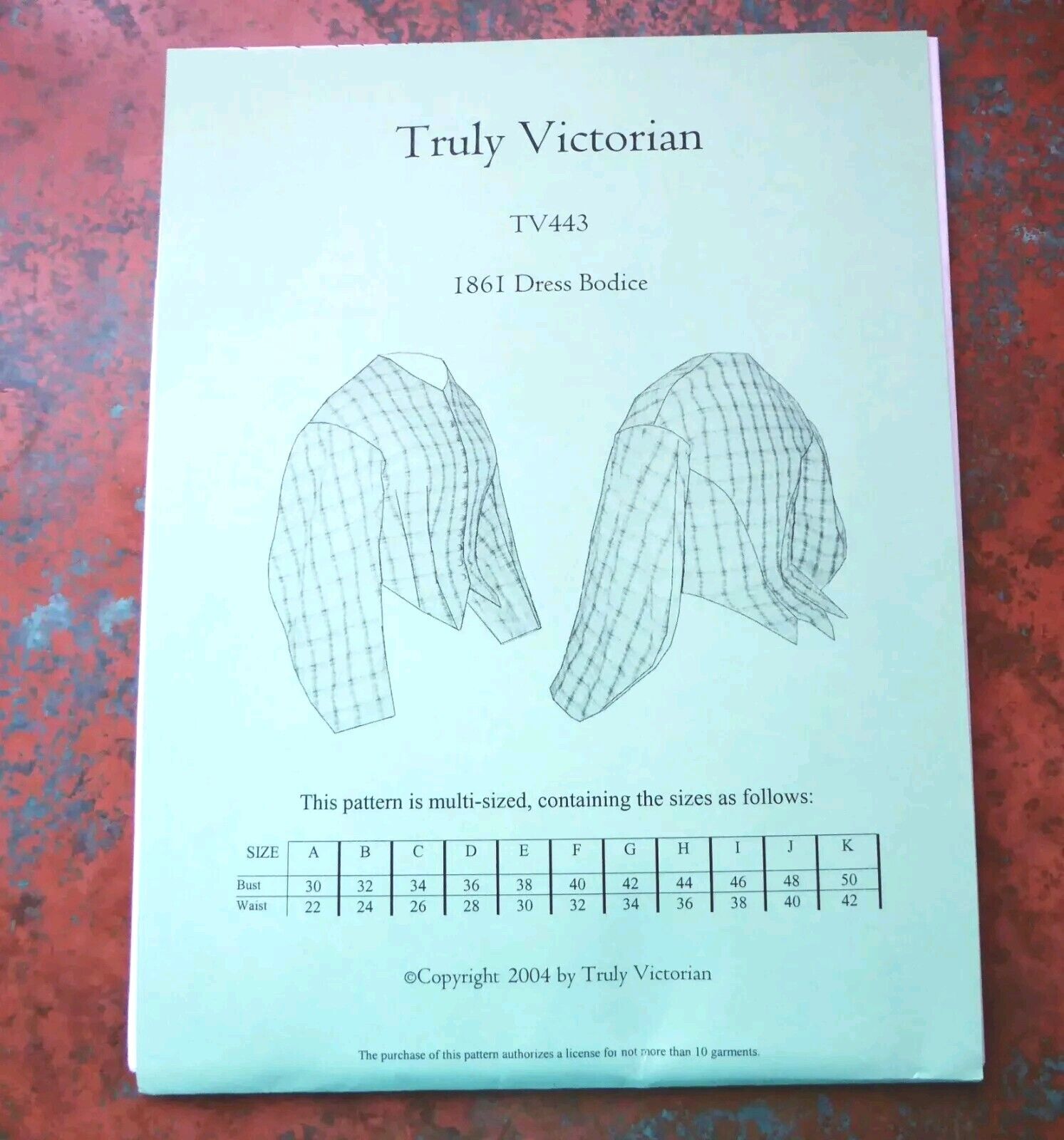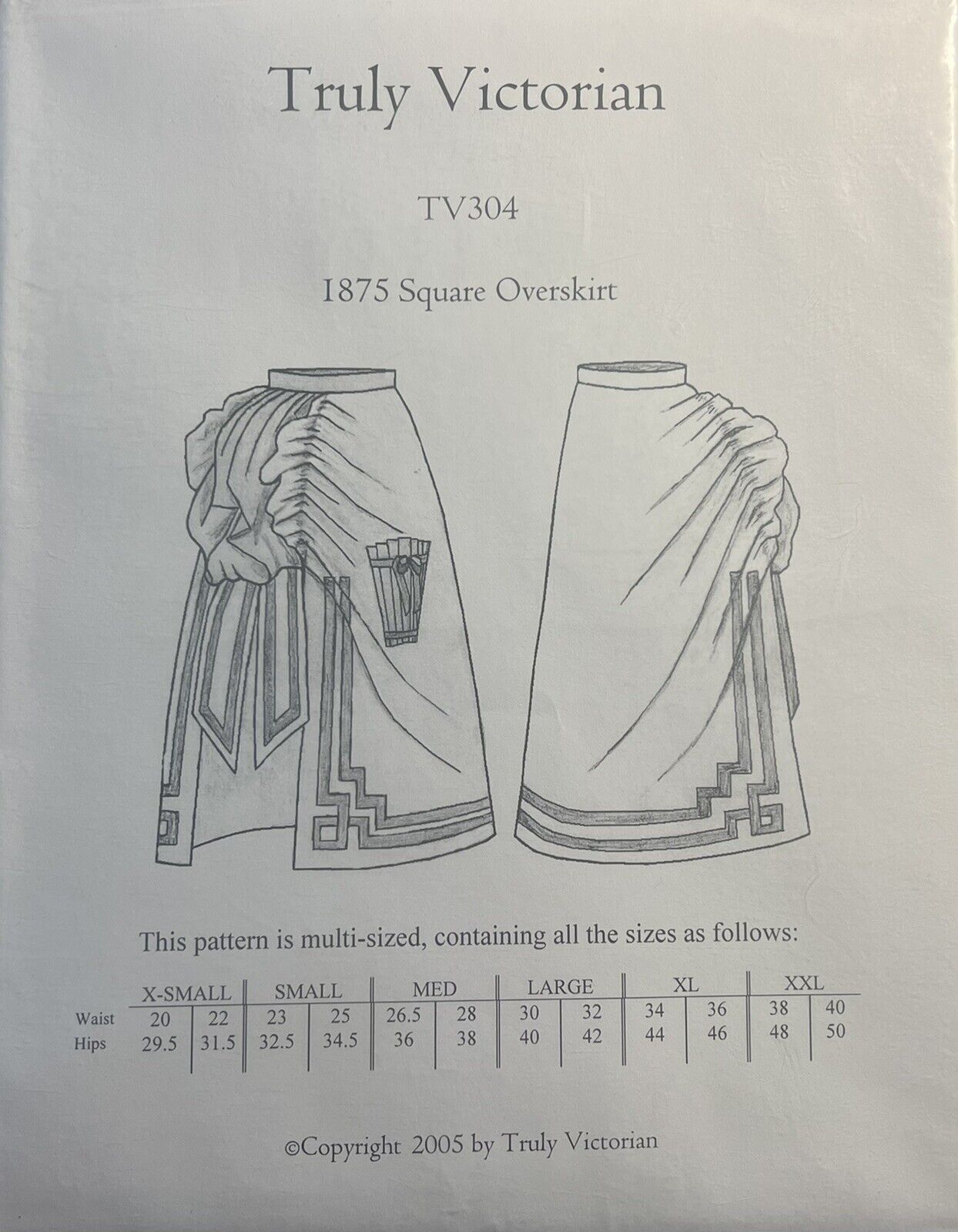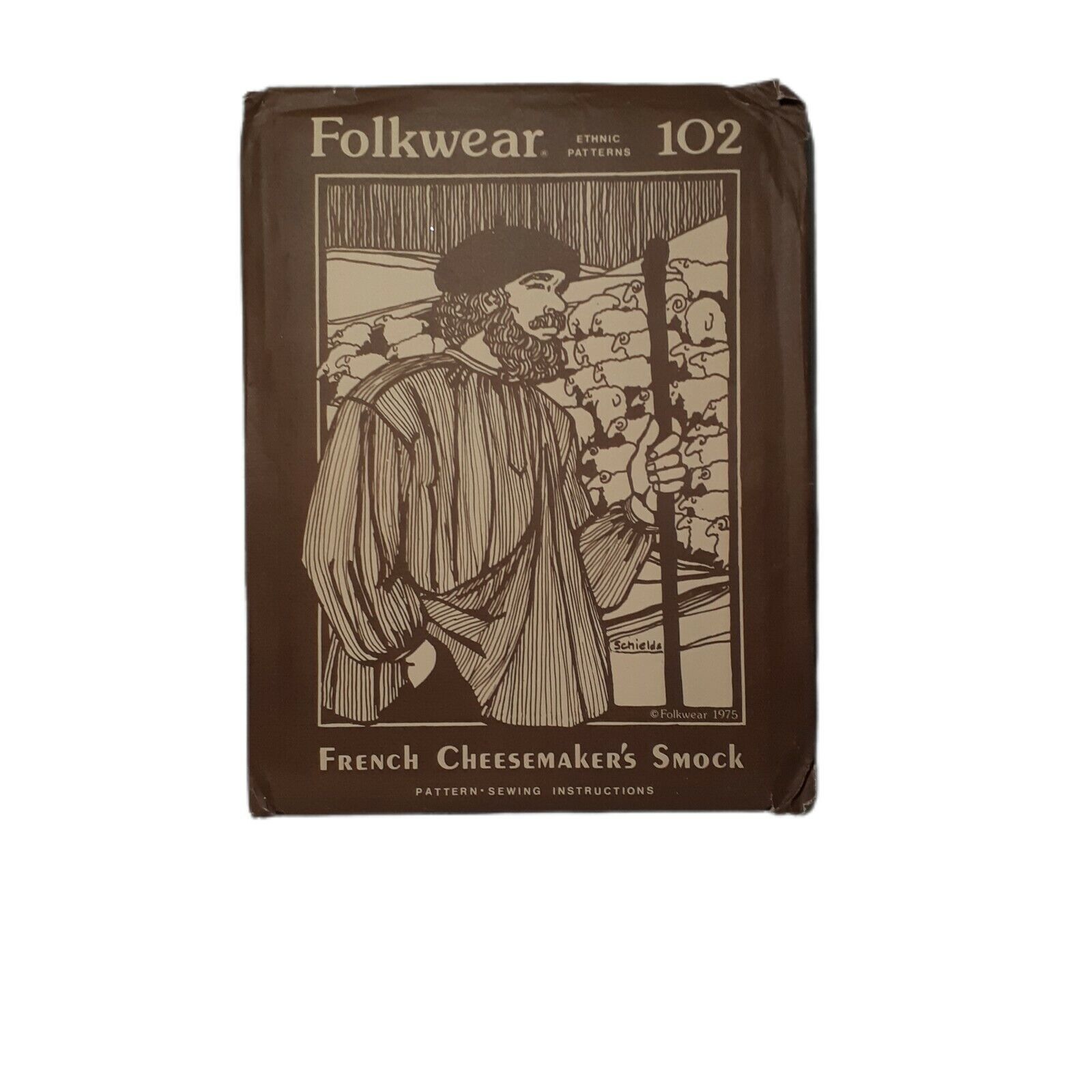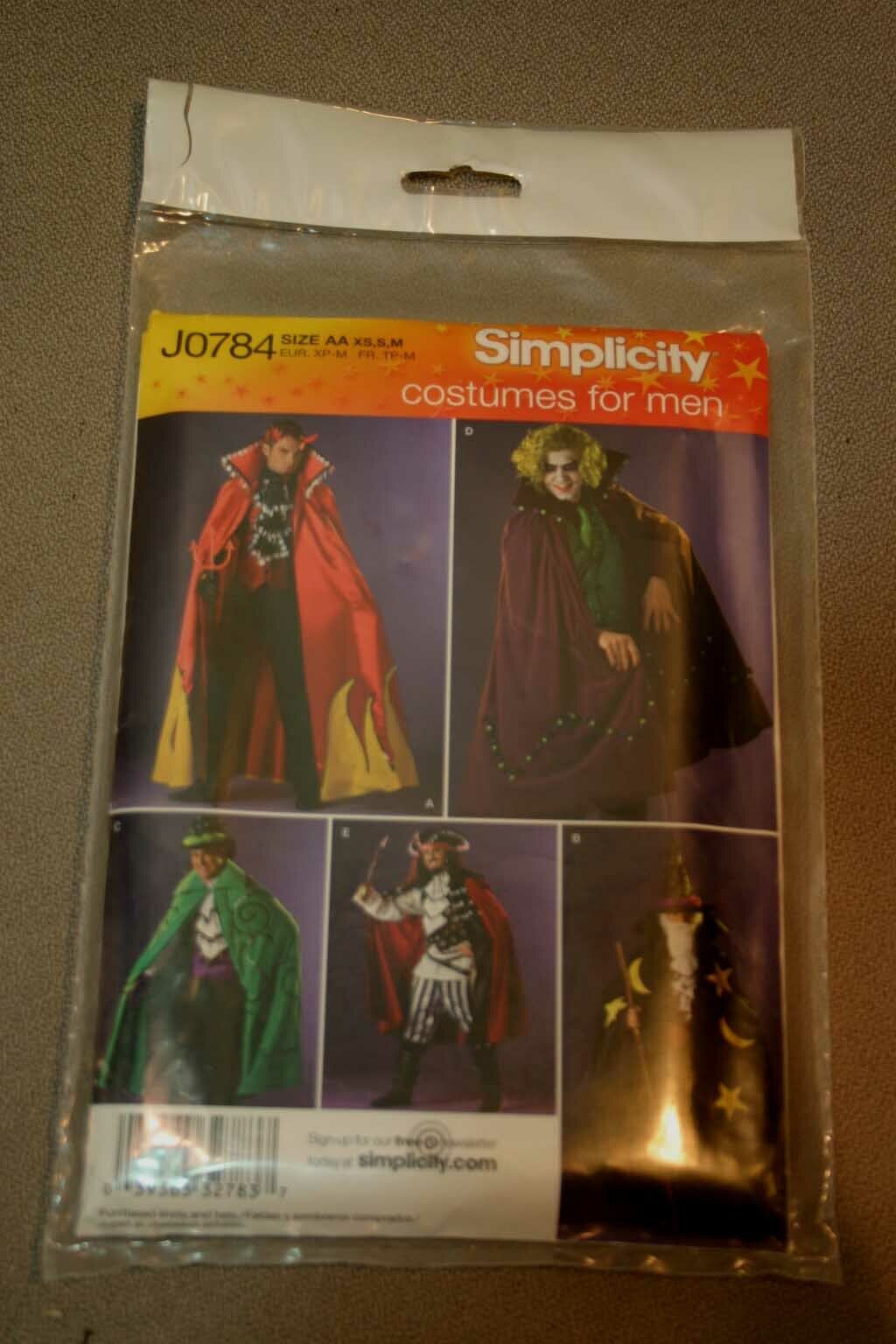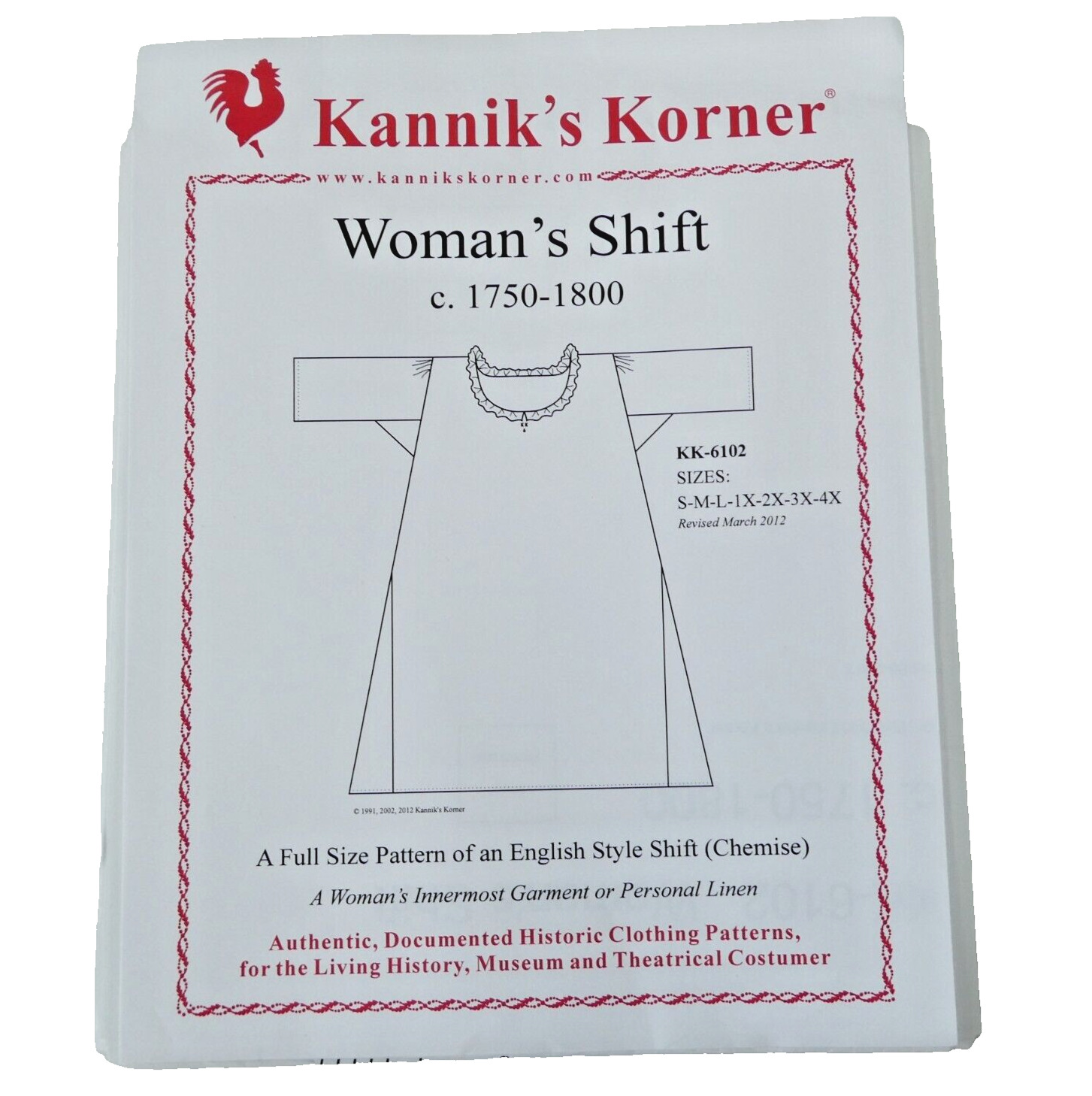-40%
Pat~Butterick #B5370 Glove Pattern (Making History) Un-Cut Size: OSZ
$ 3.69
- Description
- Size Guide
Description
Stand NOT included with pattern. Before the mid-19th century, average women sewed their own clothing by hand. Factory-produced fabrics were affordable and available in the early 19th century, but easy-to-use dress patterns and sewing machines for the home seamstress were not sold in the United States until the 1850's.Four historic American pattern companies still exist:
Butterick
McCall's
Simplicity
Vogue
William Jennings Demorest and Ellen Louise Demorest began the home sewing pattern industry in 1860 by holding fashion shows in their homes and selling the patterns. This was the beginning of the Mme. Demorests' Emporium of Fashion. They published a magazine, The Mirror of Fashion, which listed hundreds of different patterns, most available in only one size. Patterns were of unprinted paper, cut to shape, and could be purchased "flat" (folded), or, for an additional charge, "made up" (with the separate pieces tacked into position). The latter version was intended to compensate for the absence of detailed instructions.
Ebenezer Butterick launched The Butterick Company in 1863 to create heavy cardboard templates for children's clothing. Butterick's innovation was offering every pattern in a series of standard, graded sizes. Members of his family cut and folded the first patterns that were sold from their home. In 1866 Butterick began manufacturing patterns for women's fashions, and later added some articles of men's clothing. They began publishing the fashion magazine The Delineator in 1873 to publicize their patterns. Their patterns started as unprinted tissue paper cut to shape, folded and held together by a pinned (later pasted-on) label with an image and, later, brief instructions. In the early 1900's they began to use an envelope to hold the pattern. In the late 1910's they introduced a separate instruction sheet, called the "Deltor" (from the first three and last three letters of Delineator). In 1948, they purchased two new presses specially designed to print markings directly onto the pattern tissue.
James McCall, a Scottish tailor, established the McCall Pattern Company in 1870 in New York City. Patterns were unprinted until 1919, when they started printing information directly onto the pattern pieces. In the 1920's, selected patterns had full color illustrations on their pattern envelopes. In 1932 they started printing full color illustrations on all pattern envelopes. McCall usually printed the date of release on their envelopes (the only company which consistently did so before mid-century), which makes it easy to date their patterns.
Vogue Pattern Service began in 1899, a spin off of Vogue Magazine's weekly pattern feature. In 1909 Condé Nast bought Vogue. As a result, Vogue Pattern Company was formed in 1914, and in 1916 Vogue patterns were sold in department stores. In 1961 Condé Nast entered in a licensing agreement with the Butterick Company.
Simplicity Pattern Co. Inc. started producing patterns in 1927. Their goal was to produce an easy-to-use, lower-priced pattern. They were one of the fastest growing pattern companies, opening offices in Canada, London, Australia, and several in the United States. Their patterns are sold in over 60 countries. Their unprinted patterns ended in 1946, and were all printed thereafter.
DuBarry patterns were manufactured by Simplicity from 1931–1946 exclusively for F. W. Woolworth Company.
Hollywood Pattern Company was started by Condé Nast in 1932. They were known for printing photos of Hollywood stars on some of their patterns, quickly making them very popular. They continued production through the end of World War II (1946).
The New York Pattern Company started in 1932 and continued until the early 1950's. They were unique in that the pattern sleeves had drawn characters rather than photos and the paper used was non-glossy.
Advance began manufacturing patterns in 1933, which was sold exclusively at J. C. Penney Company. The company continued through 1966 until it was sold to Puritan Fashions.
Fitzpatterns began offering downloadable sewing patterns in 2004. These consist of full-size patterns to be printed at a copy shop on a large format printer and or in a tiled version that can be printed on an A-4 or letter sized printer and taped together.
Cloth-kits devised cut and sew clothing kits for home sewing that avoided the need for paper patterns. Cloth-kits pre-printed fabric with designs and the pattern lines.
